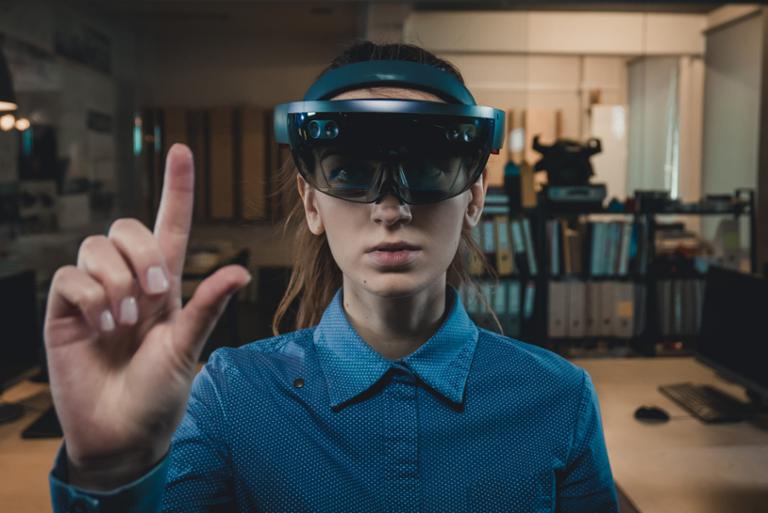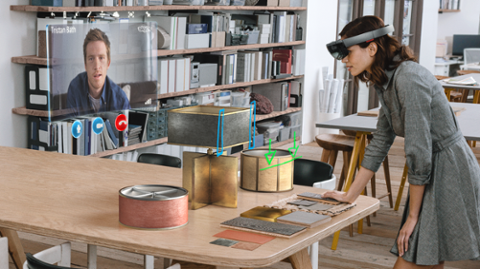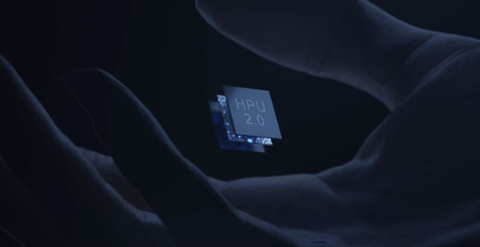With Microsoft’s HoloLens 2, It All Comes Down to Price
It’s no secret that Microsoft is planning to update the HoloLens, its augmented reality (AR) headwear. In fact, the company plans on unveiling the secretive device on Feb. 24, during the annual Mobile World Congress in Barcelona. (For those who aren’t fully aware of the term “augmented reality/AR,” it denotes any device—whether a phone or a headset—capable of layering digital holograms onto the viewer’s real-world surroundings. In theory, you could fight the Battle of Hoth on your dining-room table, or have a cartoon plumber guide you through the basics of fixing your sink. It’s very different from virtual reality (VR), which plunges the viewer into a totally virtual environment.) When the original HoloLens made its debut in 2016, it was a potential game-changer. Microsoft’s engineers had managed to squeeze some powerful headwear into a standalone headset, but critics cited the physical heaviness and relatively limited field of view as problematic. If the company took those critiques to heart, the HoloLens 2 will be lighter, more powerful, and capable of projecting holograms across a wider field. But if Microsoft wants the device to become a blockbuster, it must also arrive on store shelves at a relatively low price-point—bucking a longtime trend that dictates AR headwear must be expensive. The first HoloLens (billed as a “developer edition”) cost $3,000; Magic Leap, another top-end AR headset, costs $2,295 for the “creator edition.” Even cheaper AR glasses with very limited functionality can cost as much as a brand-new smartphone(we’ll ignore the Snap Spectacles, which just capture video, although they’re a possible preview of what ultra-light AR glasses may eventually look like). Unless the price of the HoloLens comes down, it won’t succeed. If the failure of Google Glass ($1,500 for a developer edition) demonstrated anything, it’s that headsets don’t sell in vast numbers at a high price point, despite a huge marketing campaign. Even high-end VR headsets such as the Oculus Rift and HTC Vive have faced issues expanding beyond a niche market of gamers and tech enthusiasts, and prices for those devices generally sit in the $400-$500 range, a fraction of what the HoloLens currently costs. And if not enough headsets sell, third-party developers won’t build apps; it’s a vicious cycle that could doom AR before it hits the mainstream. Sure, some businesses will buy the HoloLens for commercial applications, but if you want a device to become a major line of business, raking in billions of dollars while generating a robust developer ecosystem, you often need to appeal to the consumer side of the equation.



